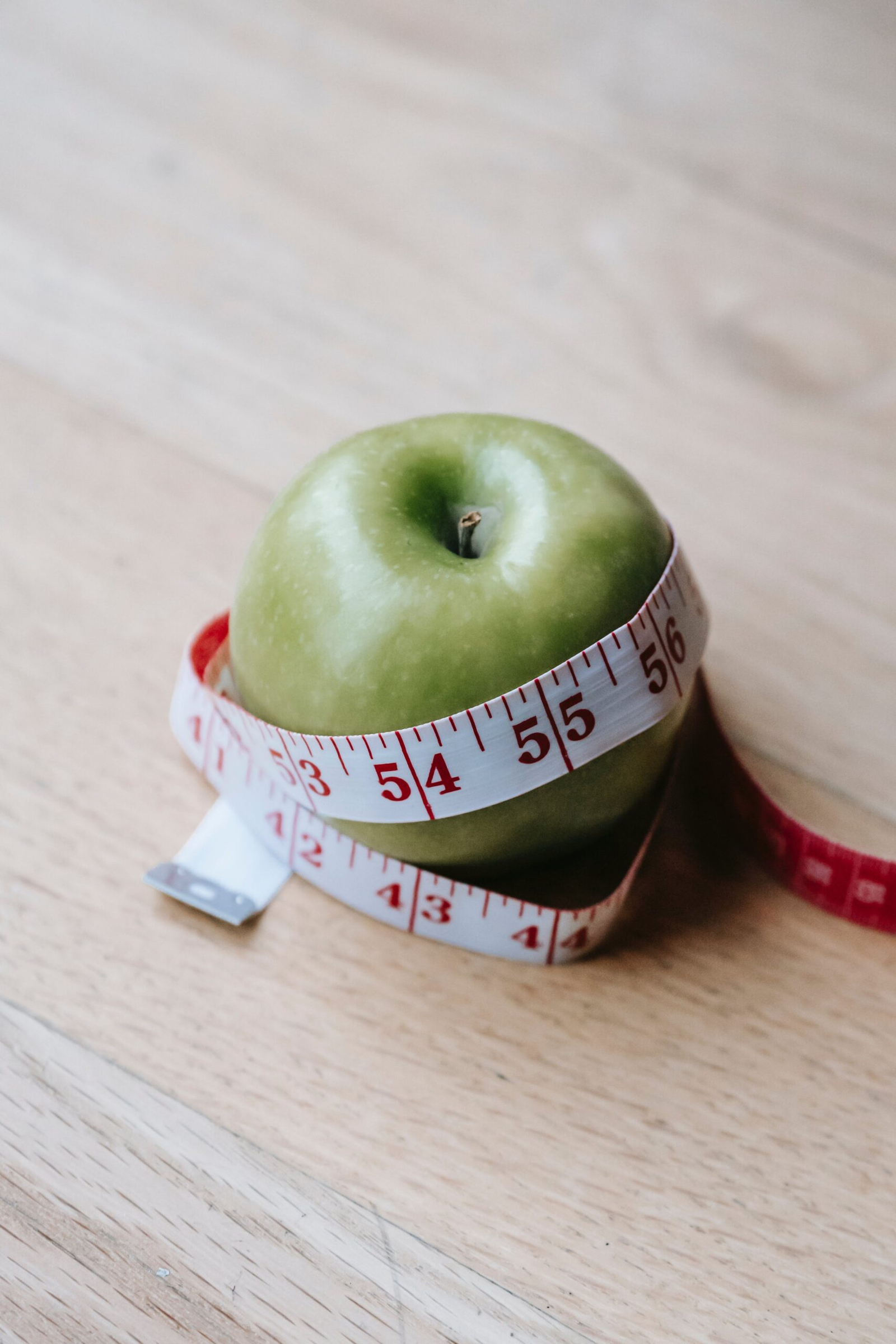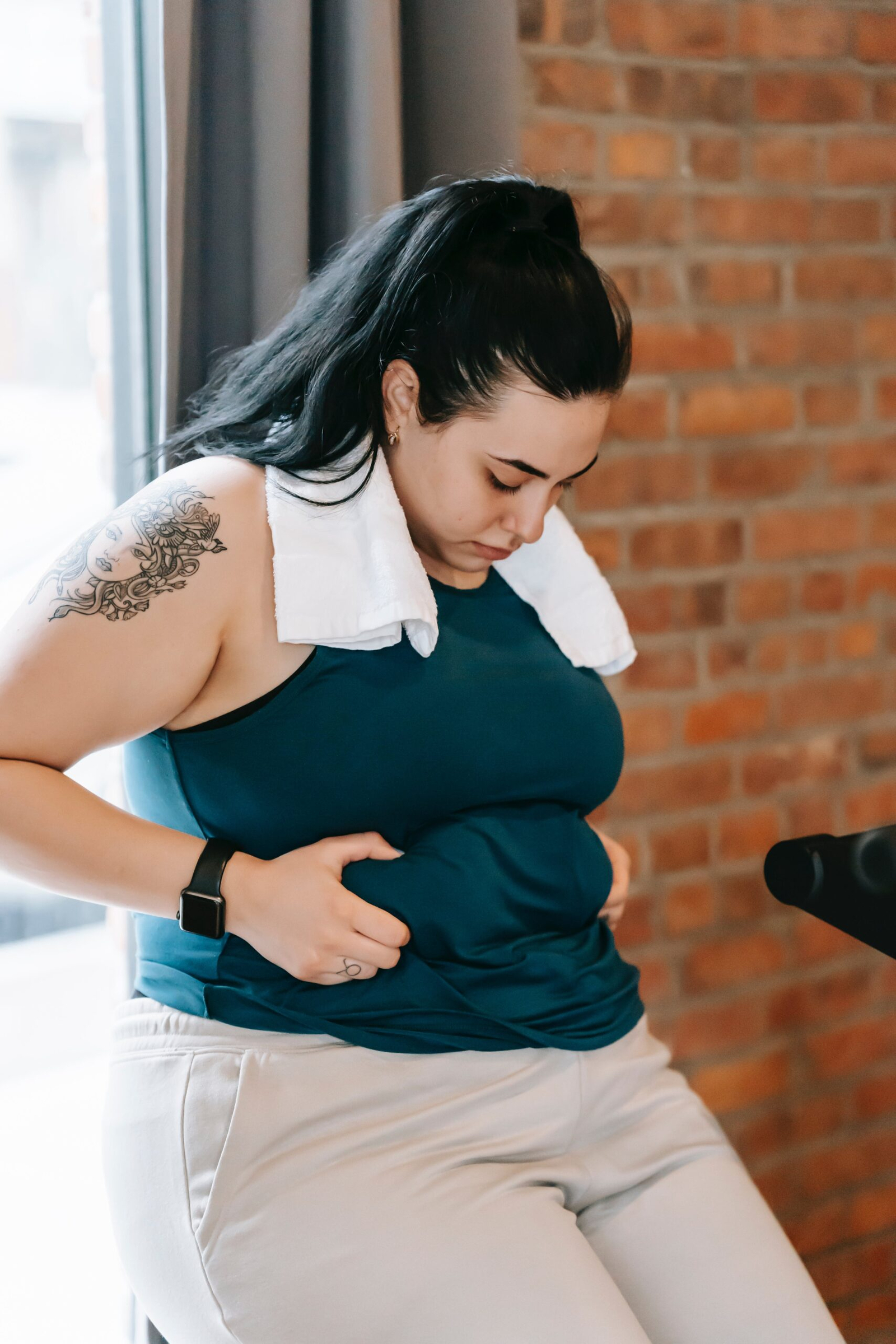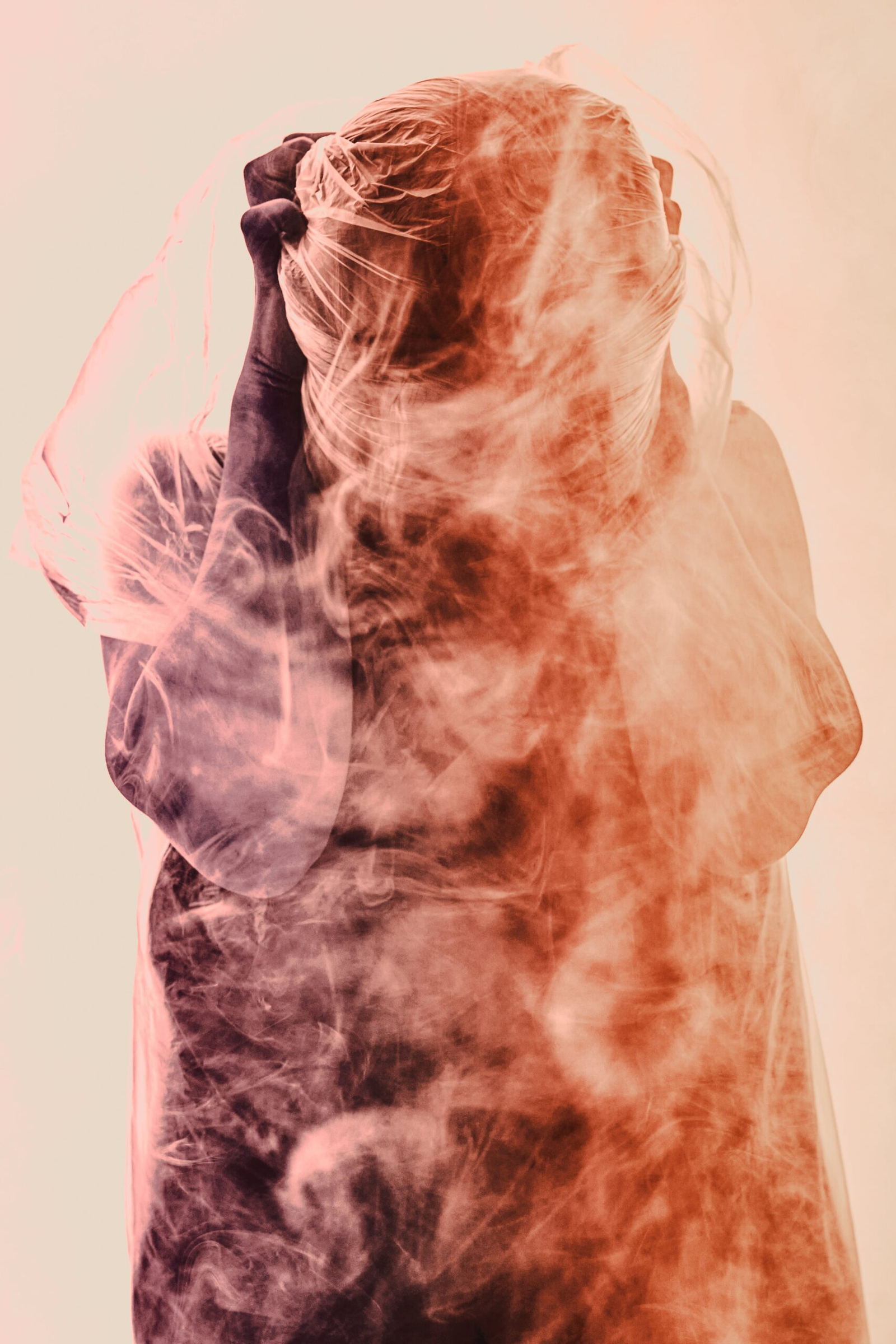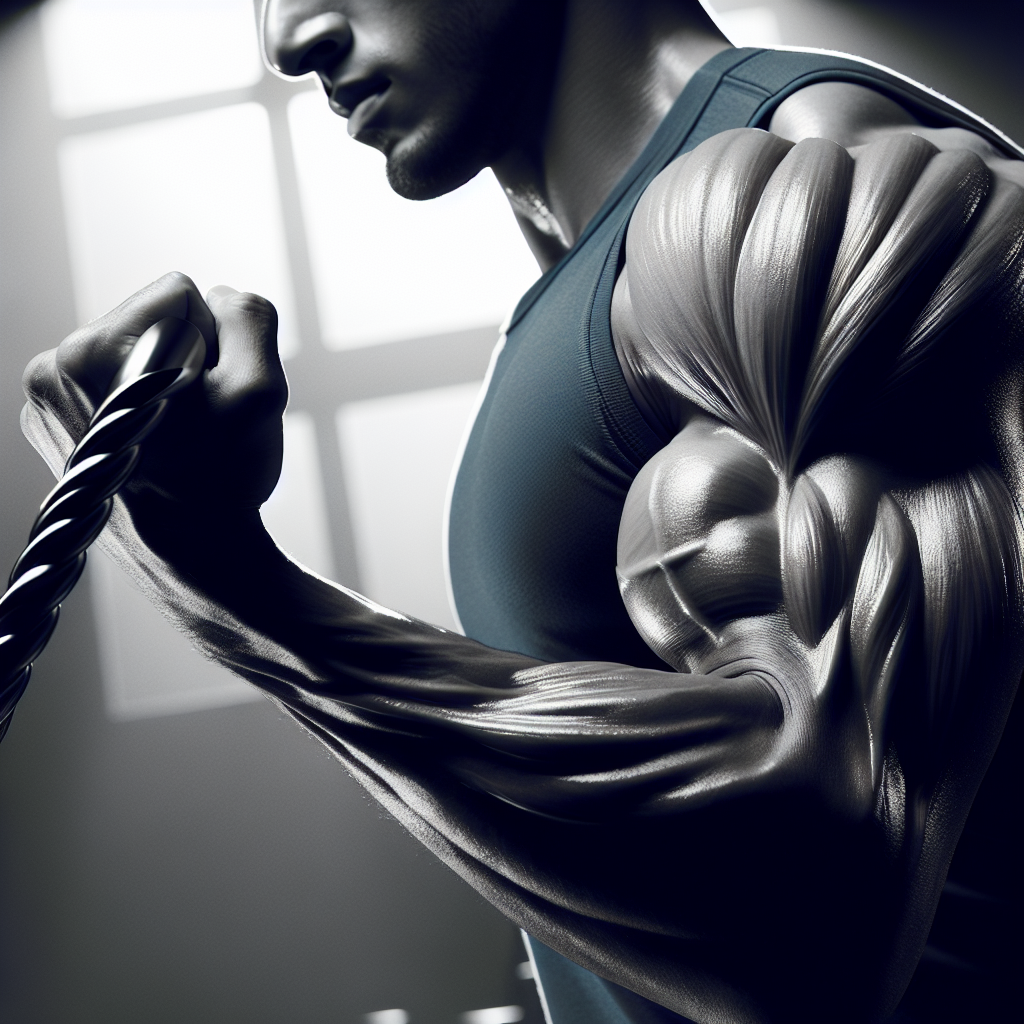Understanding and Combating Loss of Muscle in the Upper Right Arm: How to build up
You’ve been noticing a decline in muscle mass in your upper right arm and it has you worried, right? Well, you’re in good hands. In “Understanding and Combating Loss of Muscle in the Upper Right Arm: How to build up”, we’ll put your fears to rest and arm you (no pun intended) with easy-to-follow steps and tactics to regain and improve your strength. We’ll discuss not only why this muscle loss happens but also how to address it. Plus, a useful FAQ to help clear up any myths or misconceptions about muscle building. Time to embark on a journey to better arm health and strength!
Understanding Upper Right Arm Muscle Loss
Muscle loss in the upper right arm, often referred to as muscle atrophy, is a condition where the muscles in the upper arm degenerate or deteriorate. The muscle tissues lessen in size, and hence, contribute to a decrease in muscular strength. It’s important to remember that muscle loss is not an overnight occurrence. It is a gradual process that tends to develop over time due to various reasons, which we will delve into.
Definition and Explanation of Muscle Loss
Muscle loss, or atrophy, is a medical condition characterized by the reduction in the size and strength of muscle tissues. When you’re experiencing muscle loss in the upper right arm, it means that the muscle fibers in this area are breaking down or wasting away. This can result in a noticeable decrease in the size of your upper arm and may affect your ability to perform daily tasks that involve this muscle group.
Potential Causes of Muscle Loss in the Upper Right Arm
There are several potential causes of muscle loss in the upper right arm. These include lack of physical activity, malnutrition, aging, specific diseases like Muscular Dystrophy or Amyotrophic Lateral Sclerosis (ALS), nerve injuries and even prolonged immobilization due to injury or illness. Sometimes, it may also be a side effect of certain medications or treatments.
Recognizing Symptoms and Signs of Upper Right Arm Muscle Atrophy
Knowing the symptoms and signs of muscle loss in the upper right arm can make a major difference in managing the condition. These may include a noticeably smaller arm, reduced strength in the arm, difficulty lifting weights or performing other physical tasks that were previously easy, mild to severe arm muscle pains, or even reduced arm functionality.
Importance of Upper Right Arm Muscle
The upper right arm muscle, also known as the deltoid or bicep muscle, plays a crucial role in your daily life. It is especially vital if you’re right-handed, as it is a predominant force behind creating movement and providing strength.
Role of Upper Right Arm Muscle in Daily Life
The muscles in your upper right arm allow you to perform countless tasks that require arm strength and movement. You use them when brushing your hair, eating, writing, typing, lifting objects, and even when doing leisure activities like playing sports or musical instruments.
Effect of Muscle Loss to Overall Arm Functionality
Losing muscle in your upper right arm can significantly affect your arm’s overall functionality. If severe, it could limit your ability to perform daily tasks that require arm movements. This includes, but is not limited to, writing, lifting, pulling, pushing, or even gesturing. Furthermore, it can also lead to postural imbalances as other body parts may attempt to compensate for the weakened arm muscle.

Medical Approaches to Combat Muscle Loss
Role of Physical Therapies
Physical therapy plays a significant role in combating muscle loss. Physical therapists can help you improve your arm’s range of motion, increase strength, and reduce pain. They might use exercises, stretches, manual therapy, or even technological interventions like electrical stimulation to help your muscles recover.
Importance of Regular Check-Up
Regular medical check-ups are crucial to monitor the progress of the condition. It helps your healthcare provider determine whether your muscle loss symptoms are worsening or improving, and what changes might need to be made to your treatment plan. Remember, early detection leads to early intervention.
Medication and Surgical Interventions
In some cases, medications may be prescribed to manage underlying conditions causing the muscle loss. On the other hand, surgical interventions may be recommended in severe cases or in instances when the muscle loss is due to a nerve injury. These decisions are made on a case-by-case basis and depend largely on the individual’s overall health condition.
Physical Exercises to Build Muscle in the Upper Right Arm
List of Effective Exercises
Some effective exercises to build muscle in your upper right arm include bicep curls, tricep dips, overhead press, push-ups, pull-ups, and resistance band exercises. Remember, consistency is key when it comes to results.
Proper Exercise Techniques
Ensure you’re using proper exercise techniques to maximize gains and avoid injury. You should aim to incorporate both strength training exercises and aerobic workouts to achieve the best results.
Safety Precactions in Performing these Exercises
Exercise with care to avoid further damage or injury. Remember to warm up before you start working out, and cool down afterwards. If you’re new to exercise or have an existing medical condition, it’s best to consult a fitness professional or physiotherapist for safe and suitable exercise techniques.

Diet and Nutrition for Muscles
Protein-Rich Foods
Proteins are the building blocks of muscles. Aim to eat a variety of protein-rich foods like lean meat, fish, poultry, legumes, eggs, and a limited amount of dairy products to support muscle growth and repair.
Other Nutrient Dense Foods for Muscle Health
Include nutrient-dense foods in your diet that are high in vitamins and minerals needed for muscle health. This includes fruits, vegetables, whole grains, nuts and seeds.
Importance of Hydration
Staying hydrated is crucial for overall health, including muscles. Dehydration can reduce muscle strength and stamina, so make sure you drink enough water every day, especially during workouts.
Lifestyle Changes to Supplement Muscle Gain
Reducing Alcohol and Tobacco Consumption
Excessive alcohol and tobacco consumption can have harmful effects on your muscles. Reducing consumption of these products can enhance your muscle health and promote overall wellness.
Importance of Complete Rest and Recovery
Muscles need ample rest and recovery time to grow and repair. Lack of sleep or overexertion can hamper muscle gain, so make sure you’re giving your body ample downtime.
Stress Management
High levels of chronic stress can negatively impact your physical health, including muscle growth. Take steps to manage your stress levels through mindfulness practices, relaxing hobbies, or even seeking help from mental health professionals if necessary.

Supplements to Enhance Muscle Gain
Safe and Popular Muscle Gain Supplements
Consider taking muscle gain supplements such as protein powders, amino acids, or creatine, which are known to aid in muscle build-up. However, keep in mind that these should be taken in moderation and alongside a balanced diet and regular exercise regime.
Proper Timing and Dosage of Supplements
The timing and dosage of your muscle supplements should be on the advice of a healthcare professional. Too much or too little of these supplements can have harmful effects on your health.
Risks and Precautions in Taking Supplements
While supplements can aid in muscle gain, they should not replace a balanced diet and regular exercise. Moreover, some supplements can interact negatively with certain medications and health conditions, so it’s crucial to consult a healthcare provider before starting any new supplement regime.
Preventing Future Muscle Loss
Maintaining Regular Physical Activity
Regular physical activity is key in preventing future muscle loss. Aim to incorporate both strength and cardio exercises into your routine to enhance muscle health.
Balancing Nutritious Diet
Consuming a balanced diet with sufficient proteins, carbs, and fats will provide your muscles with the nutrients they need to grow and prevent future muscle loss.
Regular Medical Consultation
Regular medical consultation allows for early detection and management of any possible muscle loss or deterioration. Keeping in touch with your healthcare provider ensures a timely intervention should any issue arises.

Possible Complications and How to Manage Them
Physical Complications
Physical complications of muscle loss can range from muscle weakness, reduced mobility, increased risk of injury, to chronic pain in severe cases. Physical therapy and adaptive aids can help manage these complications.
Mental and Emotional Complications
Muscle loss can also have mental and emotional effects such as anxiety, depression, or lowered self-esteem. If you’re struggling with these issues, don’t hesitate to reach out to a mental health professional.
Strategies to Manage these Complications
A multi-faceted approach is essential to manage muscle loss complications. This includes maintaining a healthy diet, engaging in regular exercise, staying mentally positive, and seeking appropriate medical treatment.
Frequently Asked Questions About Building Muscle in the Upper Right Arm
Can I regain the muscle lost?
Yes, with the right diet, exercise regimen, and under proper medical guidance, you can regain muscle lost due to atrophy.
What exercises are best for upper right arm?
Exercises like bicep curls, tricep dips, push-ups, and pull-ups are some of the most effective for building upper right arm muscles.
Does diet play a role in muscle gain?
Absolutely, a balanced diet rich in protein is essential for muscle growth and recovery.
How long does it take to build muscle in the upper right arm?
It varies based on your individual body composition, diet, exercise routine, and level of consistency and commitment. Patience and persistence are key to muscle gain.
What are some signs that my muscle loss may be serious?
Severe or rapid muscle loss, inability to move the arm, prolonged pain, or other associated symptoms like weight loss and fatigue can be signs of a more serious condition, warranting immediate medical attention.

